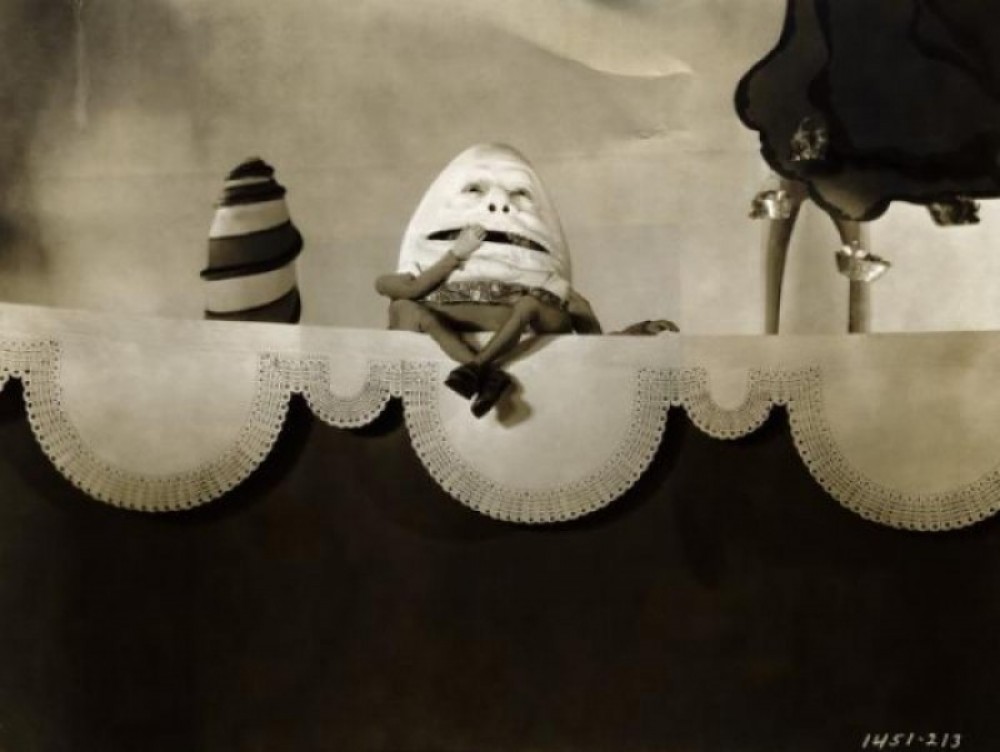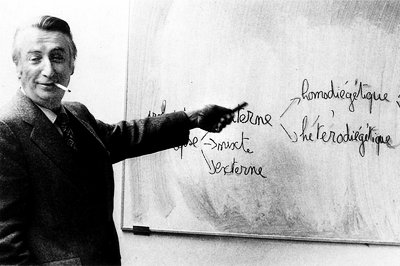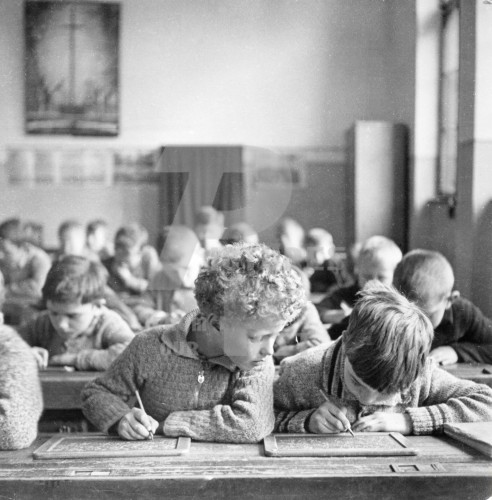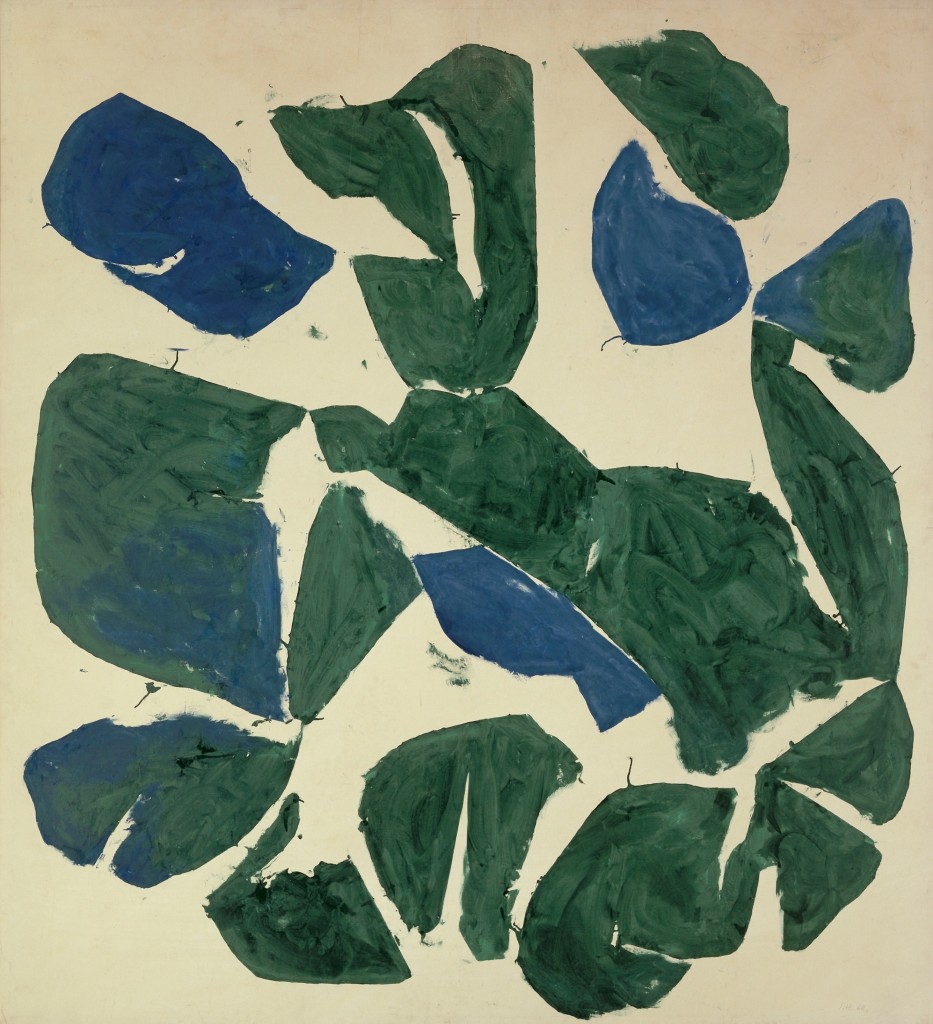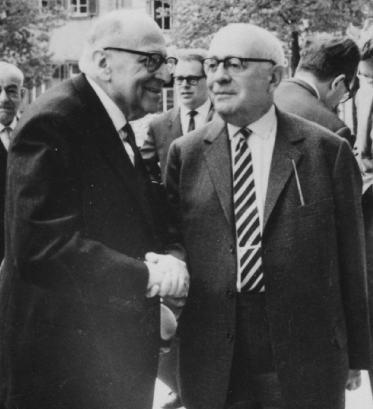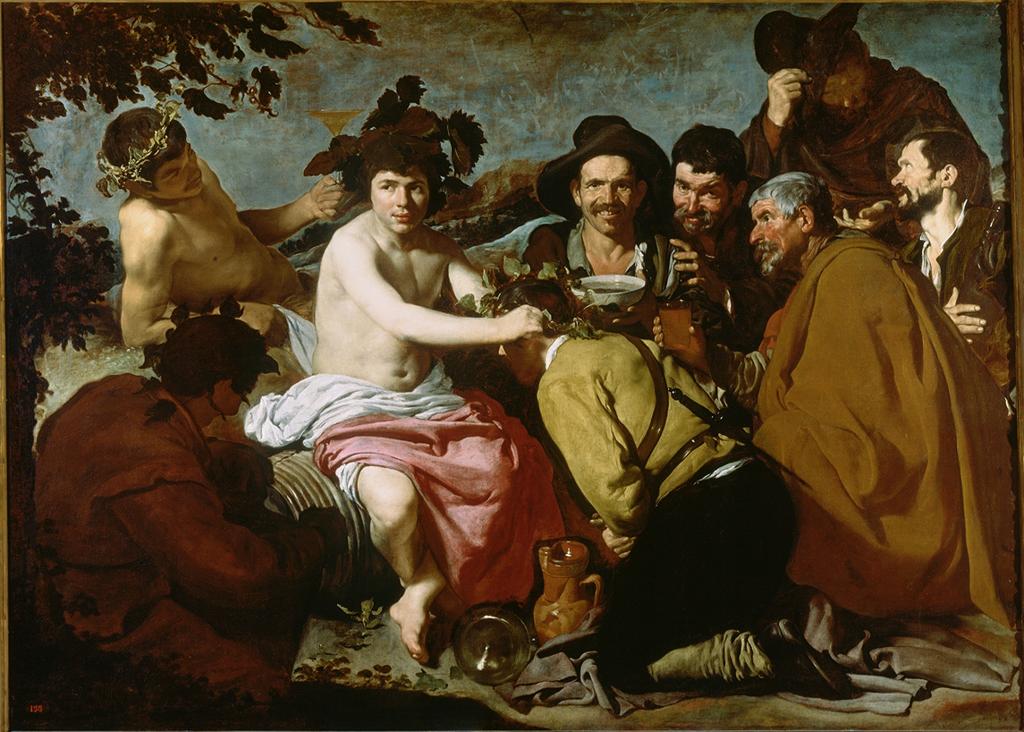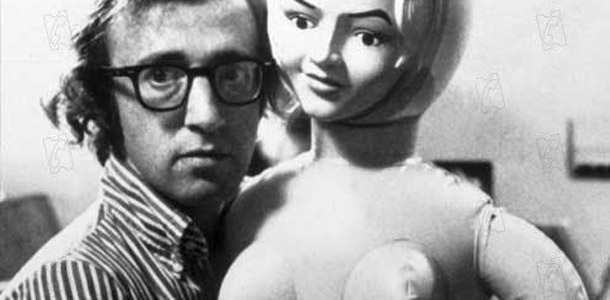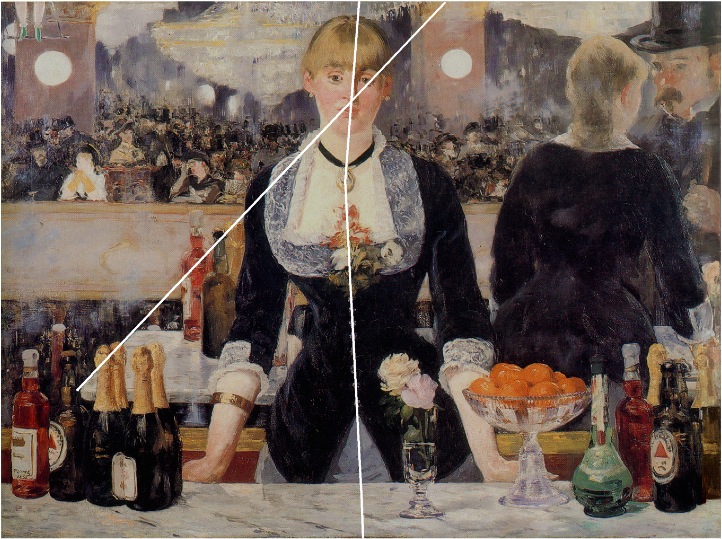
Intentionality and Art Historical Methodology: A Case Study
It is, typically, an aesthetic intuition. Aesthetic intuitions are first of all intuitions, in the everyday sense of hunch, in the psychological sense of an act of perception, and in the philosophical sense of an act of the imagination. What characterizes them not just as intuitions but as aesthetic is that they share with aesthetic experience their subjective, affective, non-conceptual nature, and with aesthetic judgments their reflexivity and their claim to universal validity, most often expressed as a claim to reflect factual truth.

